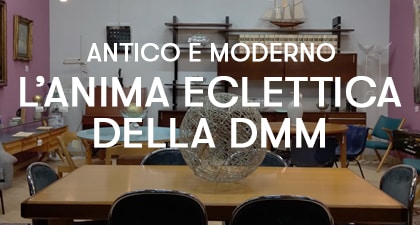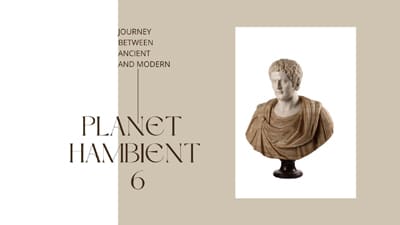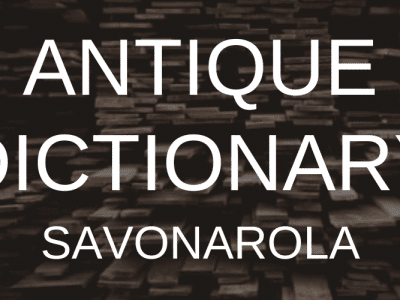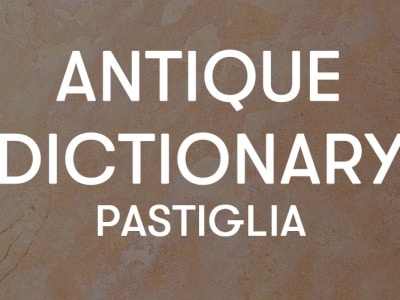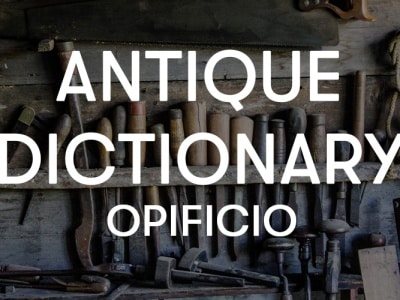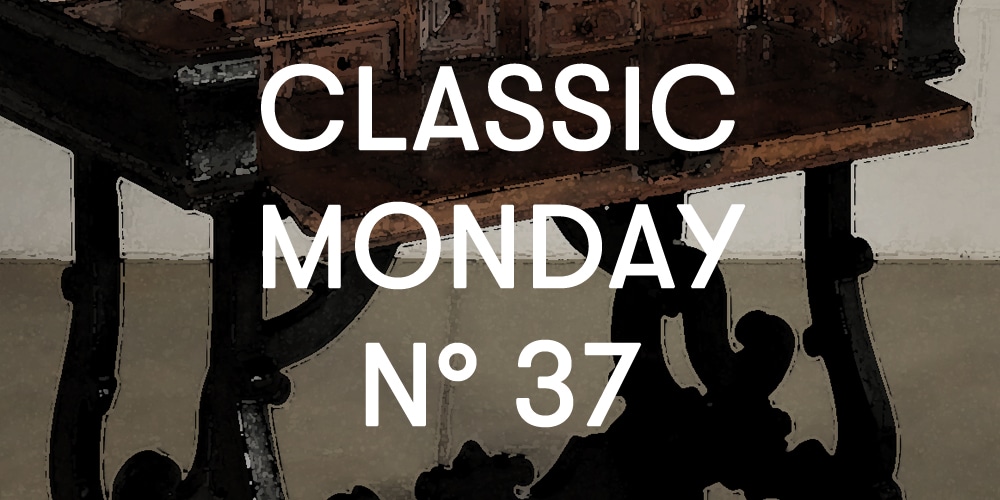
The protagonist of our Classic Monday today is a superb desk defined as “San Filippo“.
This typology was born and established itself between the end of the seventeenth and the beginning of the eighteenth century, and was requested above all by the highest commissions. It is characterized by elegant and refined shapes, which are able to combine refinement and utility.
The characteristic lyre-shaped legs, connected by crossbars and lightning, carved with curls and swirls that recall phytomorphic motifs, denote the influence of the Baroque, here adapted to the more typically Lombard taste, the production area of our desk.

The high quality of the furniture is, however, found above all in the upper part, finished to day. The undercounter strip is enlivened by a refined gorge, which on the front hides the folding opening calatoia. Once you open this and the front of the upper floor, you have access to the inner scarlet, where the top can be used as a desk.
On the bottom and sides there are small drawers and a central door, meticulously finished with expertly carved frames. But this small chest of drawers also hides inside a number of secrets, small compartments and drawers hidden from the outer ones, very common also in other types of furniture such as flaps and, later, secrétaire. Secrets were used to hide jewels and valuables, or, even more frequently, confidential documents. If it was known that furniture of this type hid these secrets, it is always interesting to see how the cabinetmaker planned to open them, so that they were difficult to detect and force.
Not only the rare type of furniture and the appeal of Baroque forms, but also the choice of materials, demonstrate the skills of the cabinetmaker and the workshop that produced this desk.
In the legs and on the outside, the walnut wood used has been completely ebonitory, creating a chromatic contrast with the natural walnut of the top and the scarabattolo. The attention and attention to detail are also recognizable in the carving of the walnut frames and in the knobs of the small drawers, all in boxwood and with a turned shape.
It therefore had to be a functional piece of furniture, for reading and, in particular, writing documents and letters. The small size allowed it to be kept even in the sleeping rooms, where the nobles and bourgeois devoted themselves to the drafting of their private affairs. Despite its plausible location, at least originally, it was in a private room, attention was paid to the idea of richness and exclusivity that this particular furniture could transmit.











